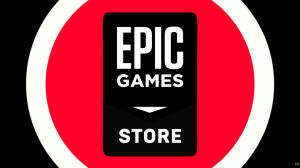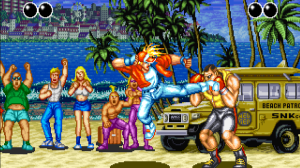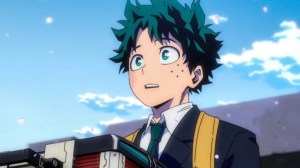Already the principal “architect” behind the look and feel of the most recent big-screen iterations of Metropolis, Gotham City, and all of Batman‘s wonderful toys, production designer Patrick Tatopoulos took on the even-larger cinematic canvas of the greater DC Universe for Justice League.
Videos by ComicBook.com
Tatopolous has enjoyed frequent rounds of collaboration with filmmaker Zack Snyder ever since the director’s film adaptation of Frank Miller’s 300, and further built his comics-to-screen credentials by teaming again with Snyder on Man of Steel and Batman v Superman: Dawn of Justice. Now with their work on Justice League, Tatopolous’ screen vision for the DC landscape expands into new territories like Atlantis and Themyscira, building on the work of Wonder Woman production designer Aline Bonetto.
ComicBook.com caught up with Tatapolous at the Hollywood premiere of Justice League, where he offered a glimpse into his approach to building a world that could be believably shared by the some of the history’s most iconic – and disparate – superheroes.
ComicBook.com: How did you rethink or reinterpret what you did previously in the DC Extended Universe as you approached Justice League?
Patrick Tatopoulos: To tell you the truth, I didn’t rethink anything. Batman is the same man you saw in the last movie – his world expands. We see more of his world, we discover more aspects of his life and what he has. The Batcave becomes bigger, you realize there’s more. But a lot of those things were kind established on the first one. What’s exciting on this one, for me, is designing his jet now, the Flying Fox, designing a Batmobile that’s now here to destroy evil, that’s bumped up to the core. So that to me was anchored and very clear.
Wonder Woman was designed, so I knew that I had to respect that, obviously, and we show different things on this movie than Wonder Woman, but still there is an aesthetic.
So I always concentrate on Batman, but I ended up jumping on Aquaman because the early stages are very important. What’s his world? What we develop on the movie is the world, the ancient world of Aquaman, not the past story, the what you see underwater, the old Atlantis. The new movie will tackle a different aspect of it, so without stepping on each one’s toes – everybody’s got a great chance to develop and design things that are fresh.
Flash is a big, goofy guy that lives in the city, every kid is going to relate to him, he’s really funny. His world has to be a world that teenagers all over the place should relate to. And then Cyborg is the world of crazy high technology, he’s a football player but his world is like the laboratory world, it’s sterile, crazy, intense, and he’s living this incredible traumatic experience. Those guys are very different, their worlds are different, their colors are different, and their textures are different. So once we establish a new voice for all of those, it was not easy, but it was very clear cut.
They all have to carry their own movie, but they also have to fit together in the right way.
Right. The crazy thing for me is more like thinking, how can Zack [Snyder] – or anybody – direct a movie like this when you have to establish five characters, you don’t even know who they are yet – well, we know who they are – and make this happen in a new story, which is the movie itself. When people tell me, “Oh my god, how did you do so much?” I say, “Well, it was a big task,” but writing and directing a story that contained all that gets you to understand where they are emotionally, gives confidence and then lead you to story that’s also exciting – it was the biggest challenge, I didn’t have to deal with that.
In your business and beyond, everybody’s dream is to play with the Batmobile. Did you do any tweaks to this version, building on what you created for Batman v Superman?
Big tweaks! Two things: the Batmobile in the first movie had one trick that was never explored – it’s the car can really lower itself to the ground like a Formula One, and raise itself like an off-road. I wish they did that here because it does it. I was like, “If you have Batmobile, you don’t really want to jump and land hard,” so I made it an off-road car. We never used it, and I was like, “Oh my god, why?” We’re going to play it on this one!
So you design things, you come up with ideas and those ideas may not happen on that movie. The Flying Fox has got a bunch of capabilities that you will not see here – you’ll see a few of them. So the Batmobile is now a heavy-weapon, very real, very big, very armored car, because it’s fighting the Parademons. This is a major deal. It is the same car – I love the fact that it’s not a new car! It’s his car, but he’s packing it up to go, put the car in the plane, take off and go fight those things.
You and Zack laid all the groundwork for this film. Did you get some extra direction from Joss Whedon at all when he came aboard?
They have the same goal, together. When Joss came in, I didn’t feel like I was working with somebody else. It was the first time I worked with Joss, and it was a real pleasure, real fun. But those guys had their little talk together before. When Joss came it felt like continuity or an expansion, it felt like punching things in a movie, but there was nothing that felt [unusual] – different director, same mission.








